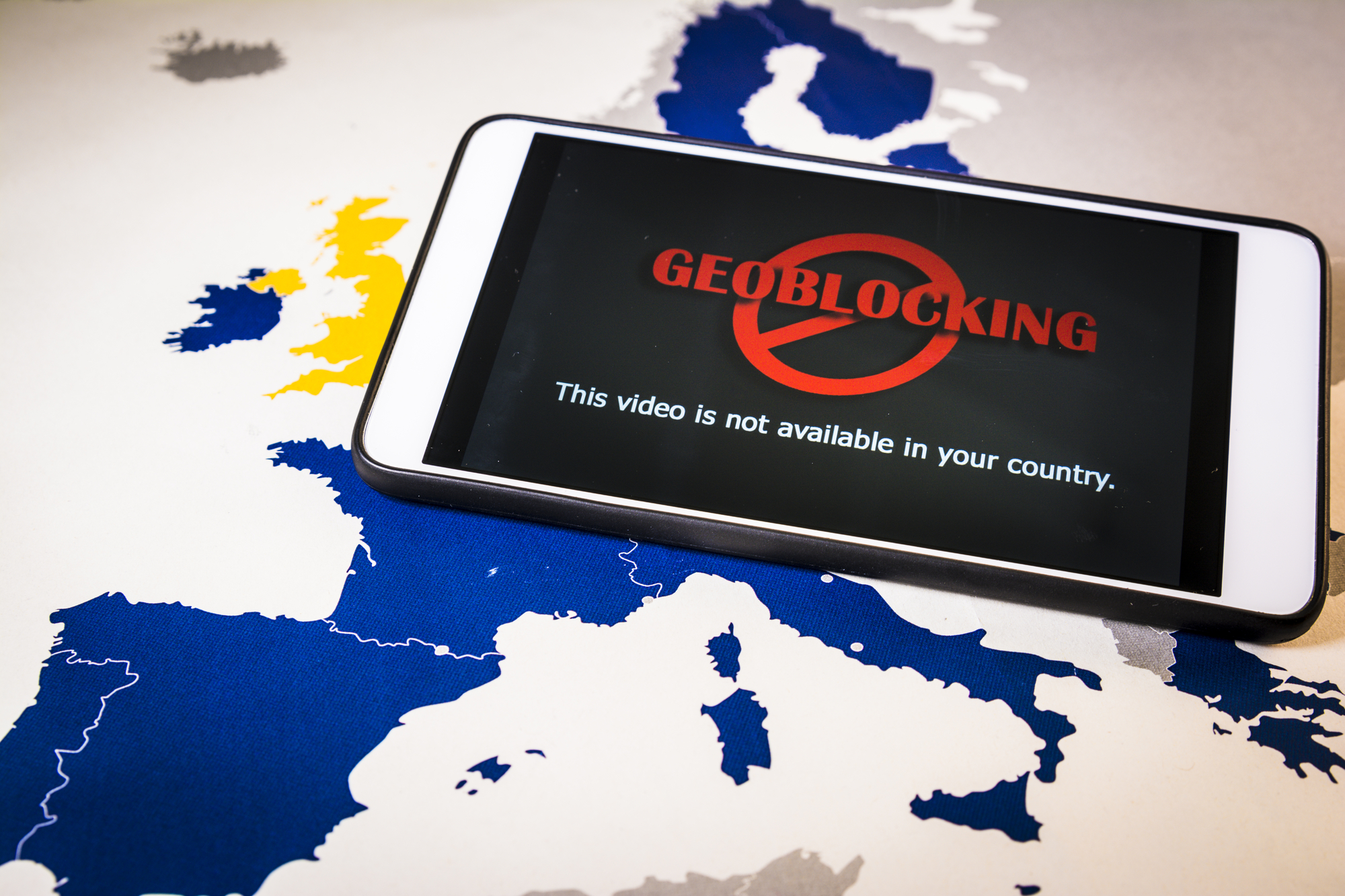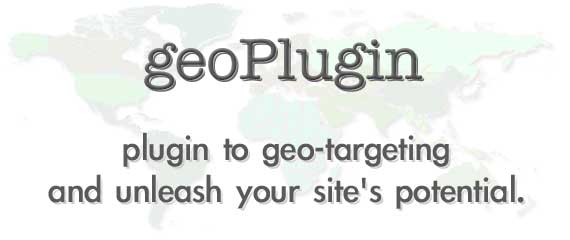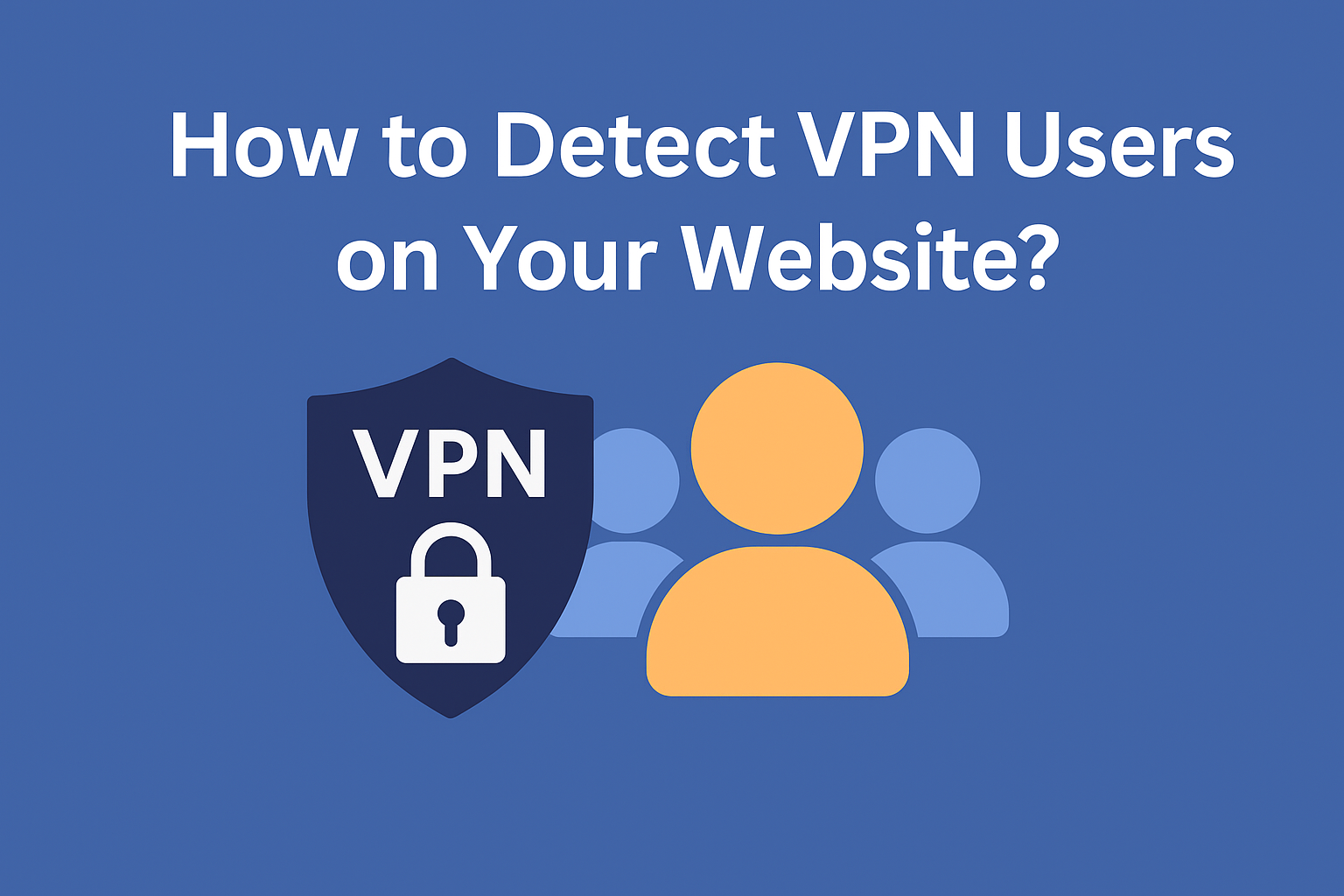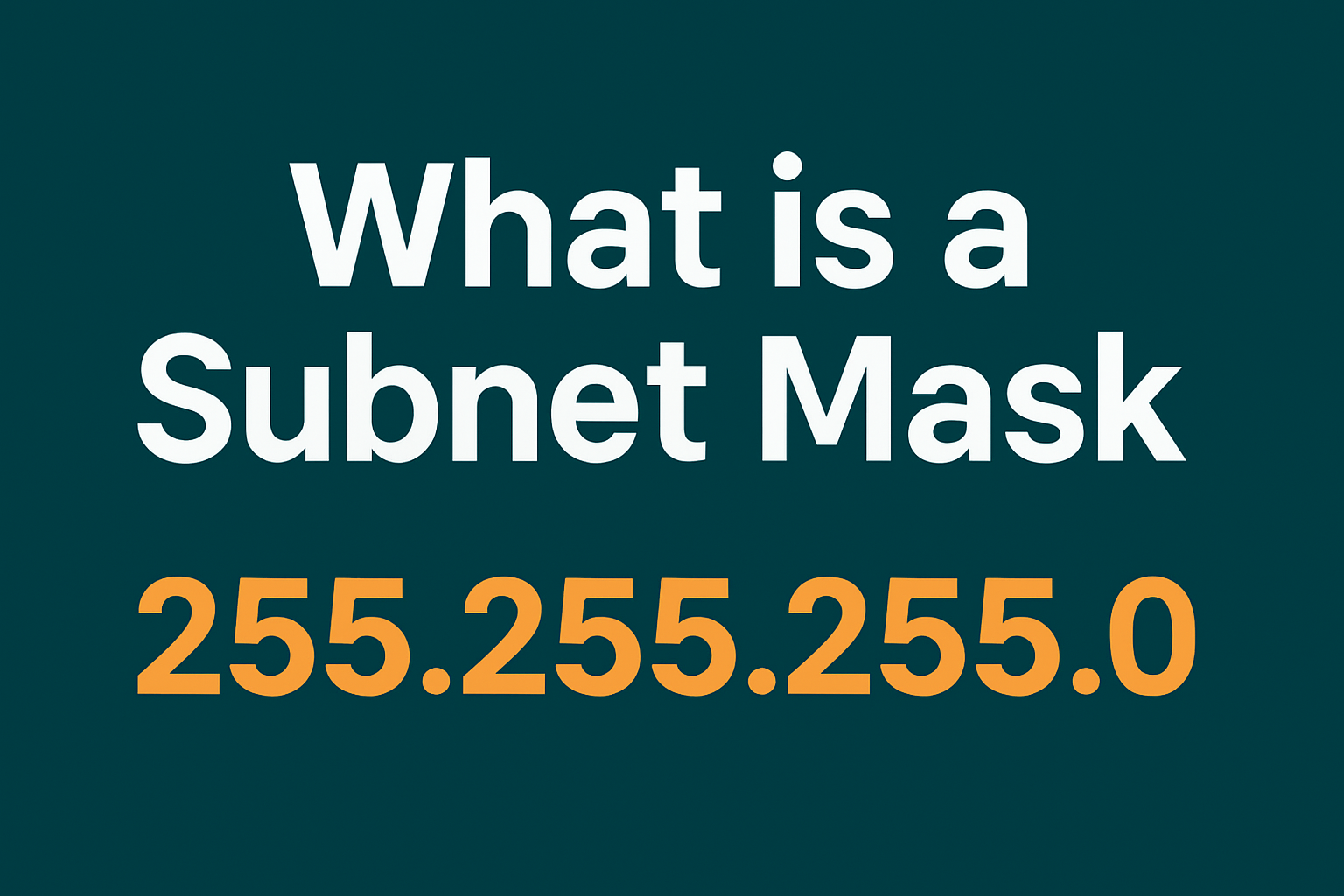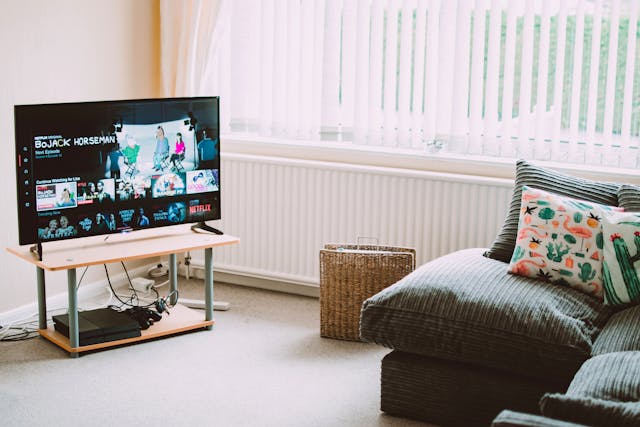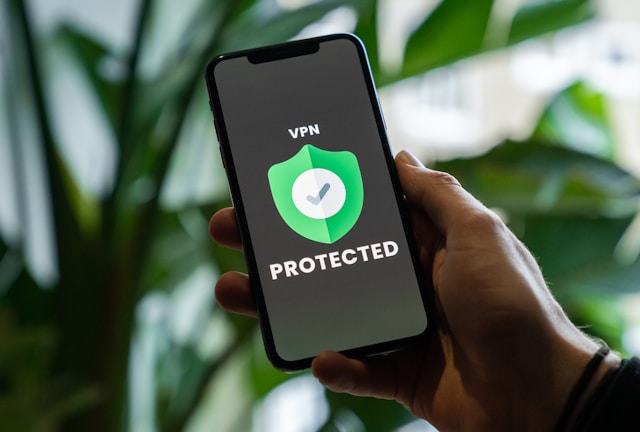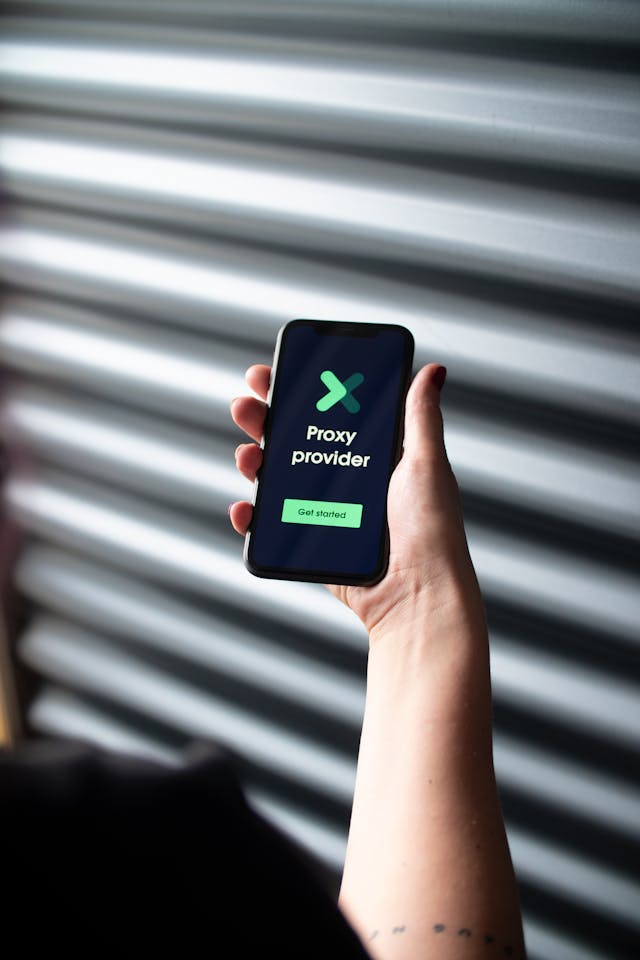Ever Googled a TV show listed as available on Netflix, only to find it missing in the app? Or traveled abroad and found you couldn’t access your favorite service from back home? That’s geoblocking at work. It’s frustrating, isn’t it?
And yes, tons of people are constantly searching for how to bypass geolocation limits. I mean, what else can you do when you urgently need to finish that Netflix series cliffhanger? But don’t rush to blame the companies. They are not doing this just to mess with you. In most cases, there’s a pretty good legal or business reason behind it.
Plus, bypassing geoblocking is simpler than you might think. This article explains what geoblocking is, why it exists, and what you can do about it.

Table of Contents
What Is Geoblocking?
Geoblocking is the act of blocking specific content based on geographical location.
When you attempt to access a website, it uses your IP address to determine your location.
Once websites detect your location, they decide which content to display or ban in your region.
This means that specific videos, articles, services, or even entire websites could be inaccessible simply because of your location.
I know, I know. You might be wondering:
What exactly is the purpose of blocking content for specific regions? Why would a website choose to limit its audience? Wouldn’t it benefit more to display all content in all areas?
These are valid questions. The next section answers “Is geoblocking effective?” and if yes, why is it the case?

Is Geoblocking Effective? What It’s Good For
Believe it or not, geoblocking is an effective strategy for many businesses and organizations. Organizations implement geoblocks for various reasons. Each reason serves different tactical or regulatory purposes.
Many websites use expert website blocking software to manage access and enforce these restrictions efficiently. Here’s why websites geoblock content.
To Comply With Licensing Agreements
Streaming platforms don’t block info just to annoy you. Most of the time, they have to follow rules about where they can show things. These rules say something like, “You can show this in one country, but not in another.”
For example, one company shows the movie in the US, but another owns the rights in Europe. So, the site blocks access in Europe. Geoblocking helps services avoid legal problems and, let’s be honest, makes the content feel a bit more exclusive.
To Control Region-Based Pricing
Money matters a lot here. Prices vary globally, so companies adjust them based on your location. To stop people in cheaper countries from using stuff meant for more expensive ones, they block access.
Take Spotify as an example. Users in the U.S. have access to features like Spotify Podcasts, but in countries like Pakistan, that’s not always the case. The price in Pakistan is also much lower. That way, Spotify keeps things fair and makes money in each place. Smart? For sure.
Content Relevance
Sometimes, content just doesn’t fit where you’d expect. Here’s why companies block content in certain places:
- Different languages (no point showing French content in Texas, right?).
- Local habits and customs (what’s cool in New York might flop in some small town).
- People just don’t care about it there.
Companies don’t want to waste money or look silly showing things nobody wants. Blocking saves them cash and spares us awkward moments. It’s like blasting American football ads in the middle of nowhere in Uzbekistan. Yeah, no thanks!
Government Control
Perhaps, the choice is not always with the company itself. It’s possible for governments to geoblock for political or legal reasons. For instance, the tax agencies in the US block access to their sites in sanctioned countries.
Some official websites are only accessible to local citizens so as to keep secret information secure. In these cases, geoblocking is more a matter of government policy than a business strategy.
Protecting Intellectual Property
When people download things without paying, companies lose money. Geoblocking helps stop that. It puts up an online fence using code to block access. You won’t find wood here, just lines of code doing all the work.
By the way, speaking of fences…Did you know geofencing and geolocation aren’t exactly the same thing? What is geofencing restriction? It creates a virtual barrier around a real-world location to block access. Some apps or services refuse to work if you’re not inside a certain area.
The company might block an internal business tool. So it only works within the office building and not from home. That’s geofencing restrictions in action — super targeted control.

Is Geoblocking Legal?
Geoblocking often causes questions and complaints. Who likes it when a service blocks their access? Still, it’s all legal. In most cases, it’s not the website’s choice. They follow local laws (copyright rules, sanctions, and more) to stay compliant and avoid legal trouble.
For instance, software companies may block access in countries under export restrictions or sanctions. Online stores also limit sales to certain regions because international trade laws require it.
Banks and financial services use geoblocking to boost security. They look at your IP address to catch any suspicious logins and block fraudulent activity. That said, some places don’t allow wide geoblocking. The European Union limits it within its borders to maintain a fair digital market. Their goal is to let customers across all member states access the same goods, services, and digital content easily.
Now you know that geoblocking is legal and why companies use it. If you’re curious where your IP says you are, a geoIP lookup tool can show you.
Next, let’s see how geoblocking actually works.
How Does Geoblocking Work?
Geoblocking uses geolocation technology to determine a user’s location and control access to content accordingly.
Geoblocking works by using these four elements:
1. Internet Protocol (IP) Address
Most websites check your IP address to see where you’re coming from. That’s your device’s web tag. It shows your country, city, and sometimes even your postal code. Every device online has one. For example, a site might see your IP as coming from Warsaw. It displays the Polish version or blocks content that’s not allowed in that region.
Websites don’t guess where you are. They know. They use special databases for GeoIP. These databases match IP addresses to places in the real world. They update them frequently, so the information is usually accurate.
But don’t worry. Later, we’ll discuss how to overcome that block if needed.
2. Global Positioning System (GPS)
Your phone knows where you are, within about 5 meters. Apps like Uber or food delivery use this to show drivers or food near you. However, GPS also helps apps block content that you can’t watch.
For example, a video app shows local sports only to people in the right city. If you’re not there, you won’t see the video because of geographical restrictions.
3. Domain Name System (DNS) Queries
Think of DNS like the Internet’s phone book. It helps your browser figure out where to go when you type in a website name. So if you type google.com, DNS turns that into an IP address so your browser knows where to connect.
When you visit a site, your DNS request goes through the nearest server. That server provides websites with a hint about your location. It’s not super accurate, but usually good enough to trigger location blocks.
Websites can use that info to either let you in or block you. DNS-based geoblocking works faster than checking your IP every time, so many big websites prefer it.
4. Browser Cookies
Websites store cookies on a user’s device to keep track of visits and activity.
Some cookies can store location information from previous sessions.
When a user revisits a website, it can read these cookies and identify the user’s region. This helps websites enforce geoblocking settings based on past interactions.

How To Bypass Geoblock Restrictions
Websites block some content for a reason. But sometimes, you really need access. Maybe you’re in another country and want to use an app from home. Or you need to read something that only works in certain regions. Here are four simple ways how to get around geoblocking.
1. VPN (Virtual Private Network)
VPNs mask your actual IP address and assign you a new one. They let you select which country you want to appear from. Thus, websites believe you are in Los Angeles when you are actually somewhere in Europe.
It keeps encrypting your traffic so that nobody can see the sites you visit or the information you enter. This is super helpful when using public Wi-Fi at the airport or in a coffee shop.
Now, about choosing a VPN. Some providers charge for their services, while others are completely free of charge. They both are effective. But free services are often slow, full of ads, or randomly disconnect. Paid ones usually work faster, and they’re better at getting past blocks.
Well, here comes the “but.” Big platforms like Netflix and Amazon Prime are pretty smart. They’ve learned how to spot VPN users. Even if you have a VPN, the site may still disconnect you. If it does, try another server or switch to a different VPN service.
2. Proxy Server
A proxy is like that friend who walks in and says, “Nah, that’s not them, it’s me.” When you use a proxy, websites don’t see your real IP. They see the proxy’s IP and think you’re somewhere else. Bye-bye, geoblocks.
But proxies don’t hide or protect your traffic. So yeah, they’re fast, but not secure. They’re great for watching shows, but not suitable for logging into your bank or other sensitive geo-restricted content.
3. SmartDNS
SmartDNS is like a secret shortcut. You don’t change your IP address, but it still helps you get around blocks. It sends your DNS (kind of like internet directions) through a server in the right country.
It works really well for streaming shows from Netflix, Hulu, or BBC. It’s also super fast, as it doesn’t slow things down with extra security.
But that also means it’s not safe for everything. Use SmartDNS only for watching videos — not for shopping, banking, or sending private information.
4. Tor Browser
Tor is all about privacy. It hides your data and sends it through lots of random places around the world. That way, no one can see where you really are. You can access websites blocked in your country. The sites will think you are browsing from the US or Europe.
But it’s not fast. Because your connection travels through so many stops, it can get pretty slow. This setup is best if you prioritize privacy over speed.
FAQ
Can I get around geoblocking with a free VPN or proxy?
Sure, you can try. There’s maybe a 30 to 40 percent chance it might work for you. But as we know, free VPNs aren’t perfect. They’re often slow and easy to block. Plus, they might collect your data or show you tons of ads. If you want things to work well and stay safe, it’s better to check out paid services.
Can I bypass the Great Firewall of China with a VPN?
Sometimes, but there’s no guarantee. China blocks a lot of online material, including most VPNs. Some paid ones still work, but not always. It’s a bit like whack-a-mole: VPNs connect, China blocks them, and then they find a way to work again. You’ll need to try and see what gets through.
What services are available abroad when using a VPN?
You can check your social media, watch your favorite shows, and even access your bank account. However, some websites are clever enough to block you even if you use a VPN. Try using a different VPN server or app if that occurs. It usually works, but it may take a few tries.
Why doesn’t my VPN work with a specific service?
As previously mentioned, some websites dislike VPNs. They are aware that you are not actually in the country you have chosen. Try restarting your app or selecting a different VPN server. If that doesn’t work, switch to another VPN provider. Some are simply more effective than others.
Can I set a different location in TOR?
No. Tor picks random servers on its own to protect your privacy. If you want to choose your location, a VPN is a better option.

Locate Your Visitors With GeoPlugin!
If your website gets visitors from different countries, it’s smart to show them content that fits their location. That might include the right language, local news, or shipping details. GeoPlugin helps with that. It finds where your visitors are by checking their IP addresses. You can instantly see their country, city, or region.
With this information, you can customize what people see based on their location. Maybe show a special message to someone in Canada and something else to someone in Germany. Or block visitors from places where you don’t offer services.
It’s simple to set up. Just plug GeoPlugin’s API into your site — no tricky coding. If location matters to your site or business, sign up today and access our easy-to-use API.
